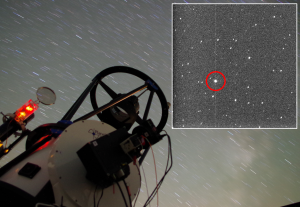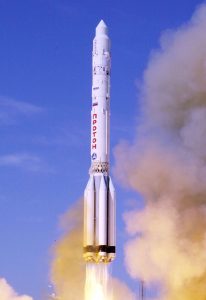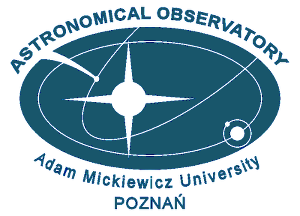
Astronomers from AMU Astronomical Observatory Institute have found a satellite debris which was mistaken for a gamma-ray burst (explosion of a very massive star) in the most distant galaxy known to date. If it was really a gamma-ray burst, it would be an extraordinary discovery allowing the study of the conditions in which stars in the very early universe form.

Astronomers from Poznań performed calculations of the orbit of the upper stage of the Proton rocket and observed it using the Roman Baranowski Telescope. This is a robotic telescope owned by the university, located in Arizona (USA) and operated remotely via internet from Poznań. This led to the conclusion that Solar light reflected off this space junk was the source of the signal which was before interpreted as a gamma-ray burst.
The publication in Nature Astronomy is available at: https://rdcu.be/cyMvJ
2021-10-04 18:00, MM

